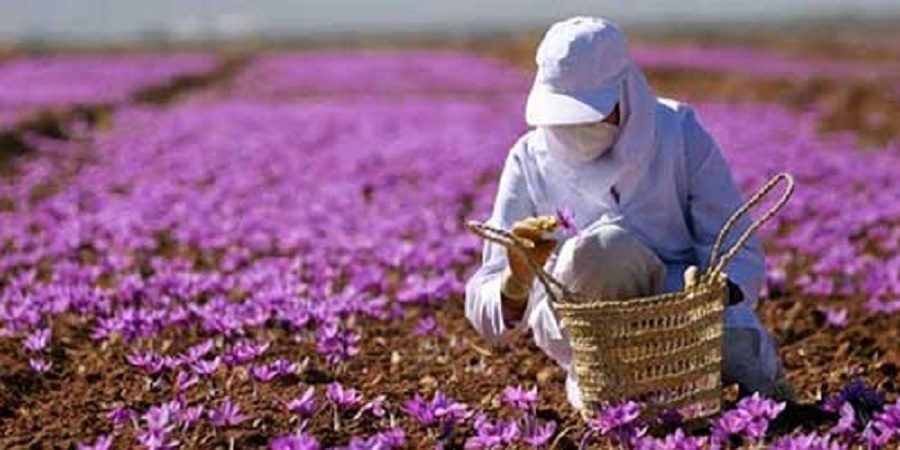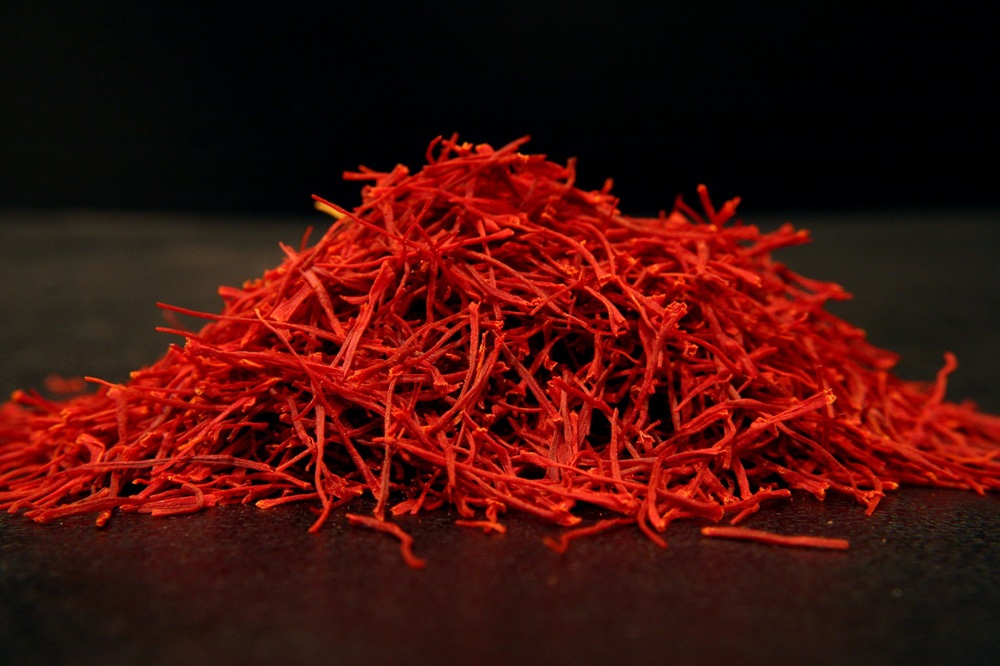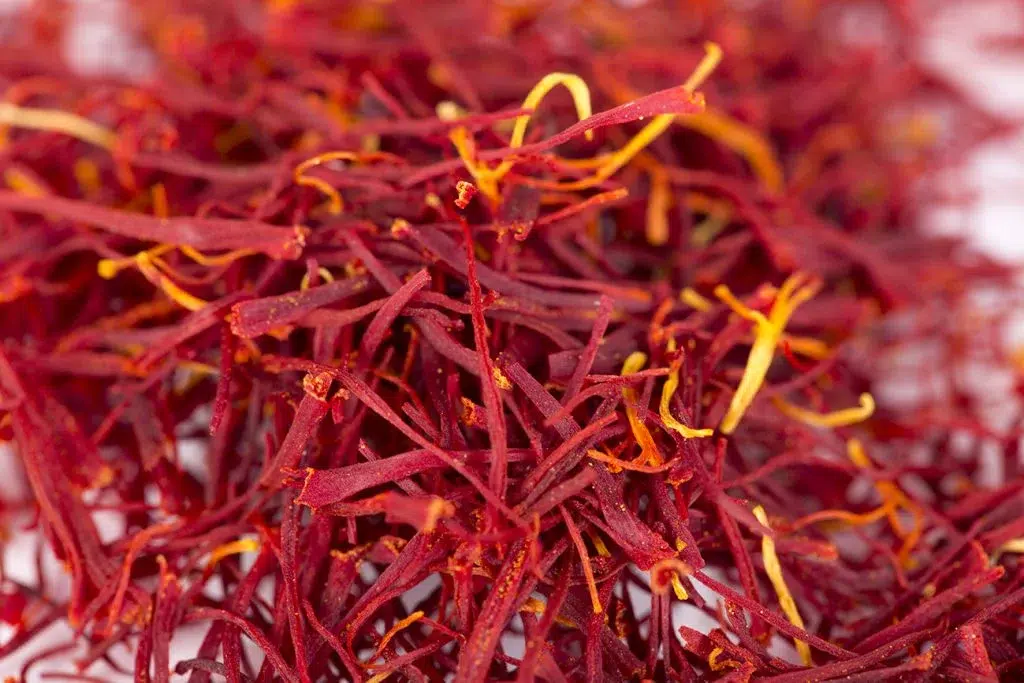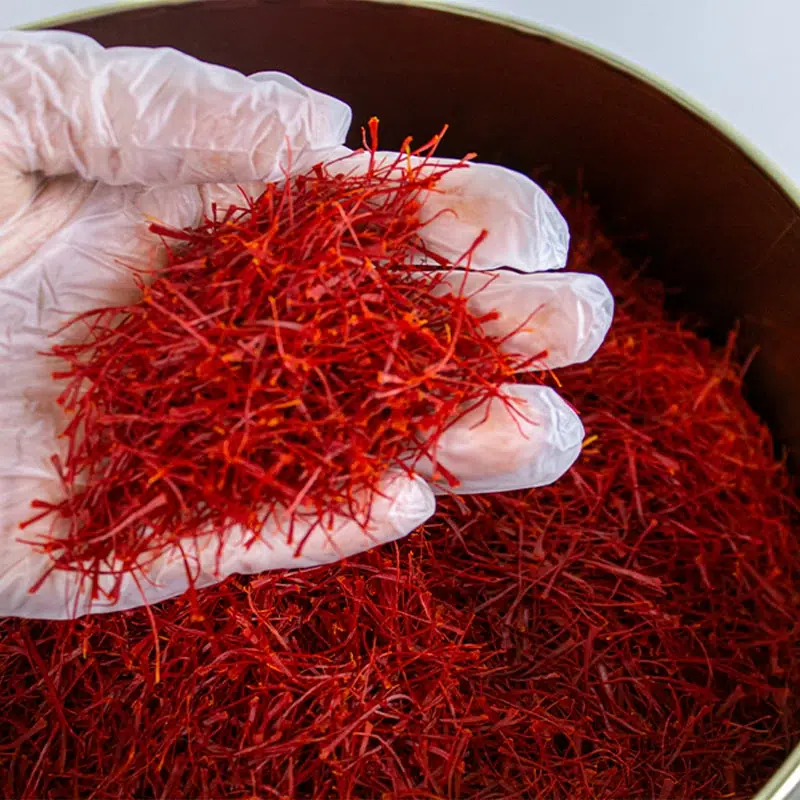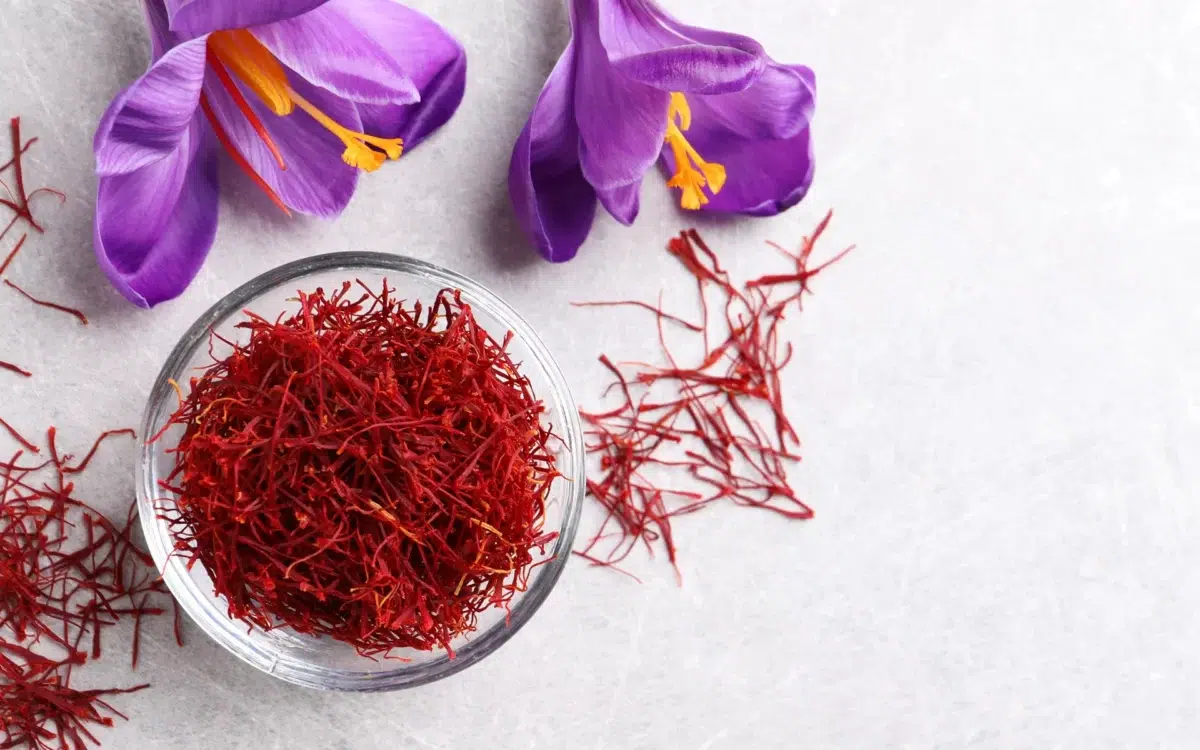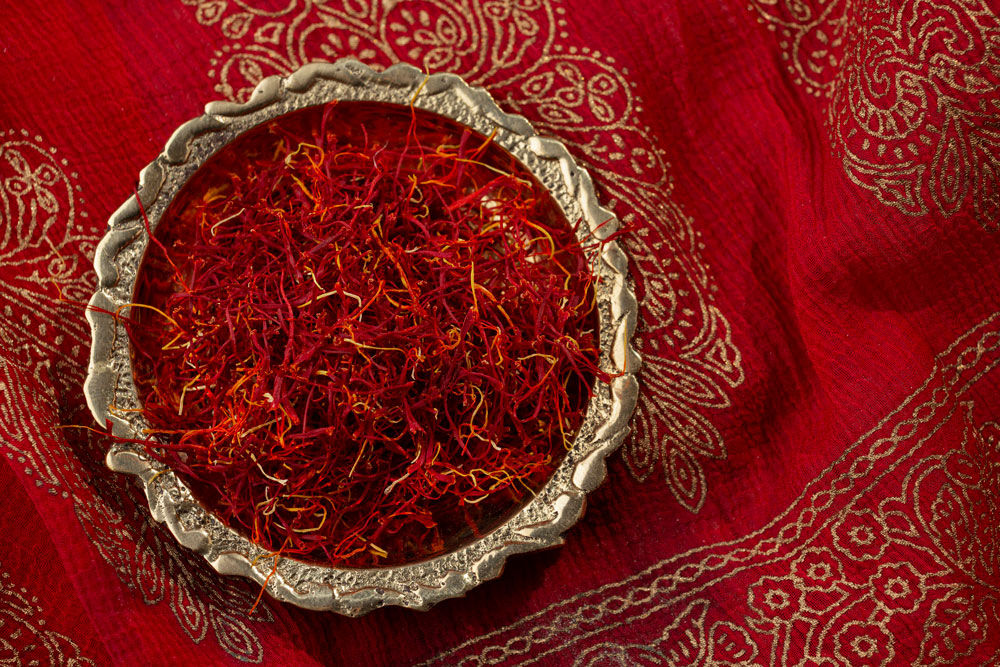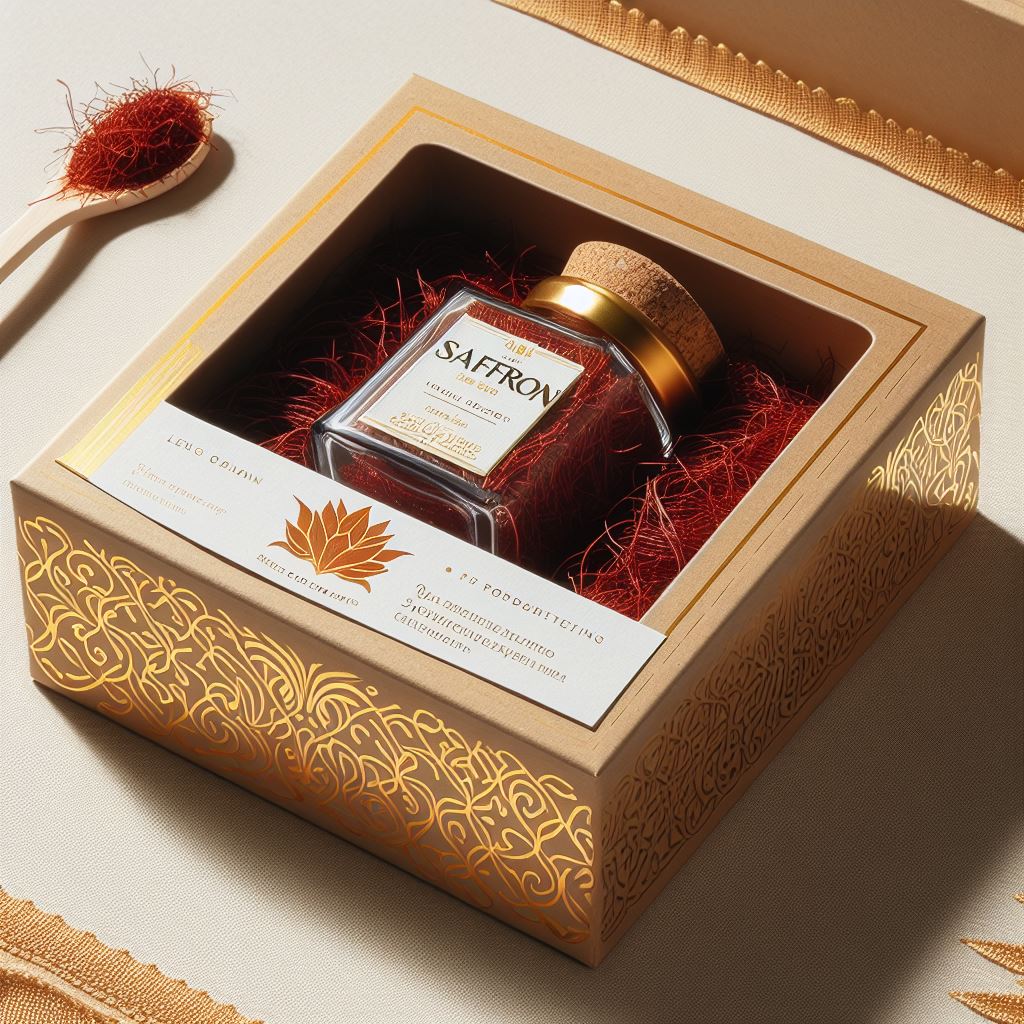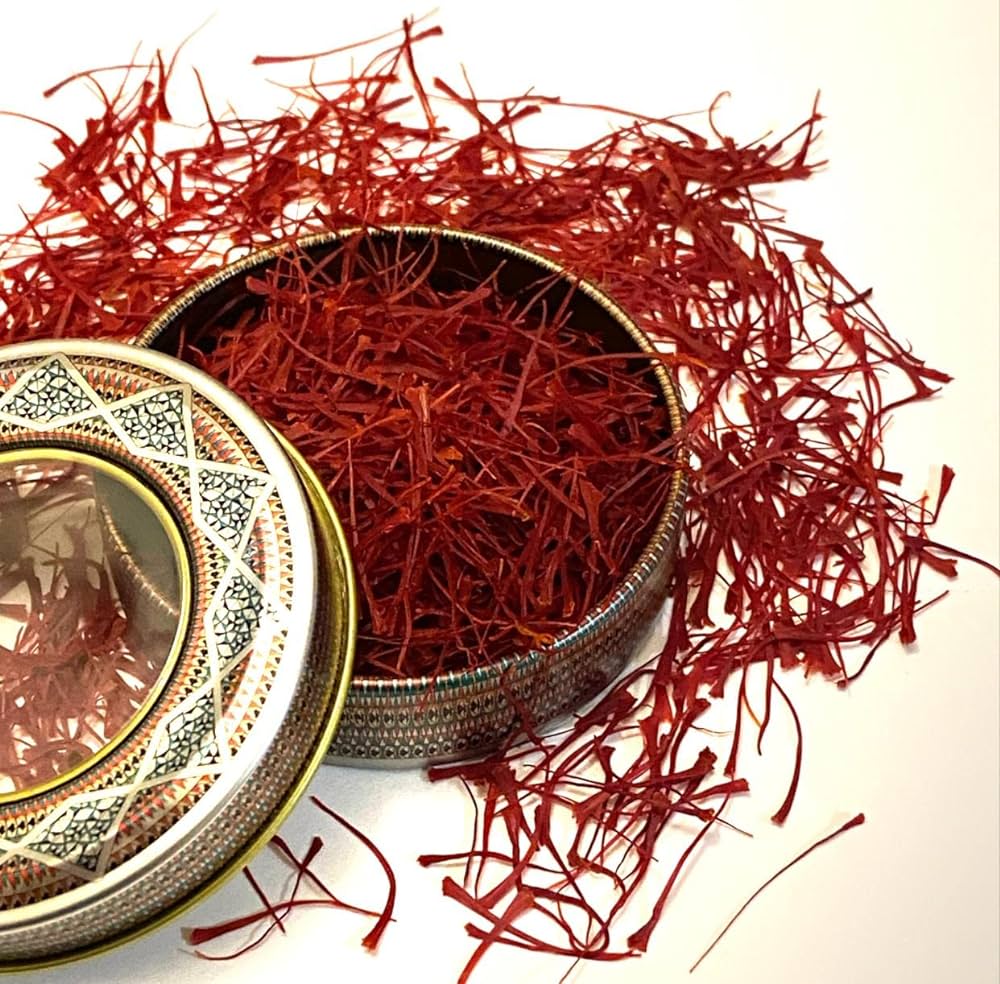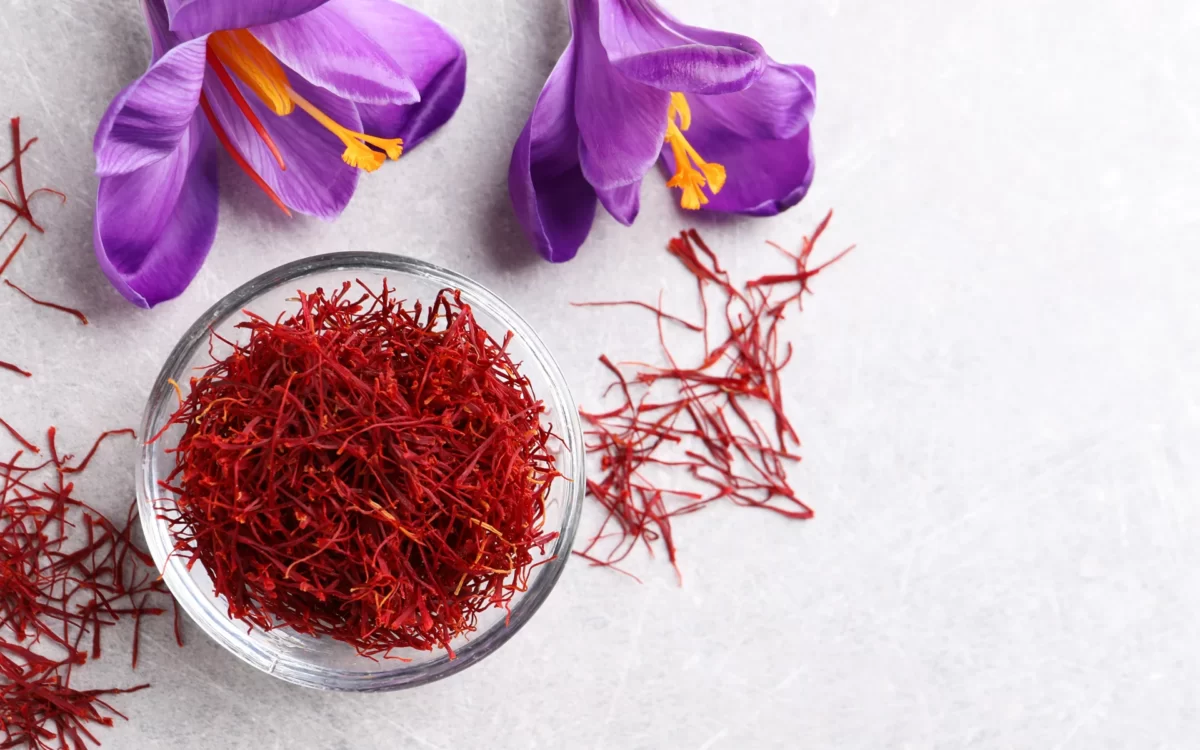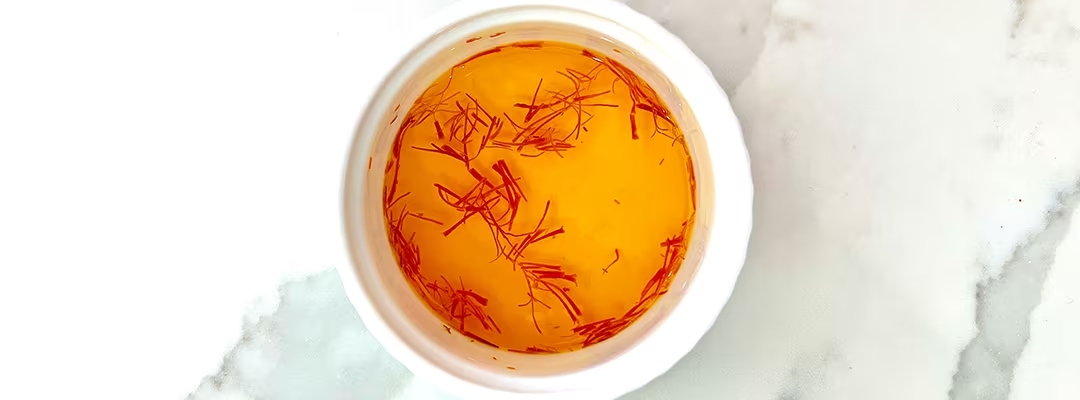Iranian saffron is often considered the best in the world due to a combination of climate, cultivation techniques, and the saffron’s chemical composition. Let’s dive deeper into each of the elements that make it superior, especially when compared to Spanish and Afghan saffron:
1. Climate and Soil in Iran
Iran’s Khorasan region, which produces the bulk of the country’s saffron, offers optimal growing conditions. The climate is characterized by hot, dry summers and cold winters, which are essential for the saffron crocus to thrive. The high altitudes and well-drained soils further contribute to saffron’s potency by enhancing the concentration of crocin, safranal, and picrocrocin, the three main compounds responsible for saffron’s intense color, aroma, and taste. These elements give Iranian saffron a stronger flavor profile and deeper color when compared to saffron grown in other regions.
In comparison, Spanish saffron is predominantly grown in Castilla-La Mancha, where the climate is milder. While Spain is known for the “La Mancha” variety, which carries a high level of aroma, its crocin concentration is generally lower, giving it a lighter color than Iranian saffron. Afghan saffron, grown in similar arid conditions to Iran, is also high in quality, but Afghan production still lacks the consistency and scale seen in Iran.
2. Labor-Intensive Harvesting Process
Iran’s saffron is harvested by hand, with each flower’s stigma meticulously removed early in the morning to avoid damage from sunlight. This manual process ensures that the stigmas are not damaged or contaminated during harvest. The intense labor, which can involve harvesting over 170,000 flowers to produce just one kilogram of saffron, is a reflection of the care and tradition involved in Iranian saffron farming.
In contrast:
- Spanish saffron is also hand-picked, but often in smaller-scale operations due to Spain’s limited saffron-growing regions. This contributes to its higher cost, even though the overall flavor and potency might not match Iran’s standards.
- Afghan saffron is also hand-harvested but doesn’t yet have the widespread, well-established infrastructure or the centuries-old experience of Iran.
3. Higher Potency and Chemical Composition
Iranian saffron consistently ranks highest in the three main chemical markers of saffron quality:
- Crocin: Responsible for the deep red color and antioxidant properties.
- Picrocrocin: Gives saffron its characteristic bitter taste.
- Safranal: Produces the distinct aroma saffron is known for.
Compared to Spanish saffron, Iranian varieties have been found to have a higher concentration of these compounds, especially crocin, which explains why Iranian saffron is more vividly colored and why a smaller amount is needed to achieve the desired effects in cooking. Spanish saffron, by contrast, tends to have a milder flavor, often requiring larger quantities for the same effect. Afghan saffron is closer to Iranian saffron in terms of chemical potency but lacks the consistency in testing and certification that makes Iranian saffron a global favorite.
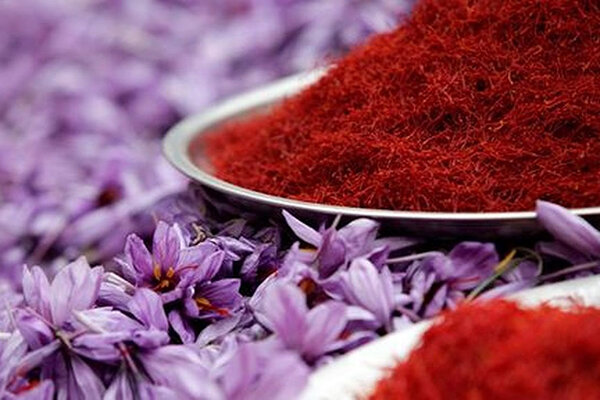
4. Production Scale and Affordability
Iran produces over 90% of the world’s saffron, giving it a clear advantage in terms of availability and price. Large-scale production allows Iranian saffron to be sold at competitive prices without compromising quality. This gives it a significant edge over other producers. In contrast, Spanish saffron is produced in much smaller quantities, making it rarer and more expensive. Afghan saffron, although high in quality, is produced in even smaller amounts and is more costly to export due to infrastructural challenges.
5. Purity and Global Standards
Iranian saffron is subject to rigorous testing to ensure its purity. The saffron sold in global markets is often certified with ISO 3632 standards, a quality benchmark that measures the chemical composition of saffron. Iranian saffron typically scores higher than saffron from other regions in these tests. While Spanish saffron is also known for quality, it sometimes includes more yellow or white threads (styles), which dilute its purity(Institute of Culinary Education).
6. Cultural and Historical Expertise
Iran has been cultivating saffron for over 3,000 years. This rich history means that farmers have a deep understanding of how to grow, harvest, and process saffron to ensure the highest possible quality. The knowledge passed down through generations allows Iranian saffron to maintain its superior status. While Spanish saffron has a historical reputation in Europe, it doesn’t have the same global influence as Iran. Similarly, Afghan saffron is still developing its market and doesn’t yet have the centuries of experience to match Iran’s expertise(Illinois Extension)(Rossin Engineering).
Conclusion:
In sum, Iranian saffron is the global leader due to a combination of perfect growing conditions, centuries-old expertise, superior chemical composition, and large-scale production. Compared to Spanish saffron, which is lighter in color and less potent, and Afghan saffron, which lacks the global reach and consistency, Iranian saffron remains the preferred choice for chefs, consumers, and industries worldwide. Its rich color, intense flavor, and affordability make it unparalleled in the global market.

